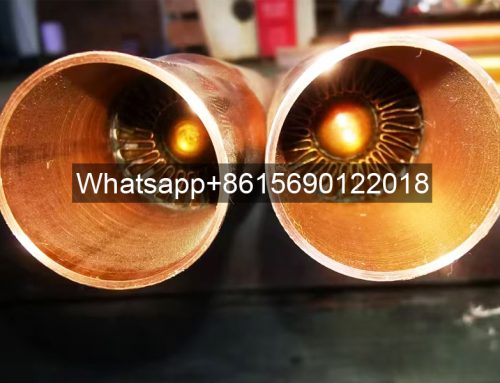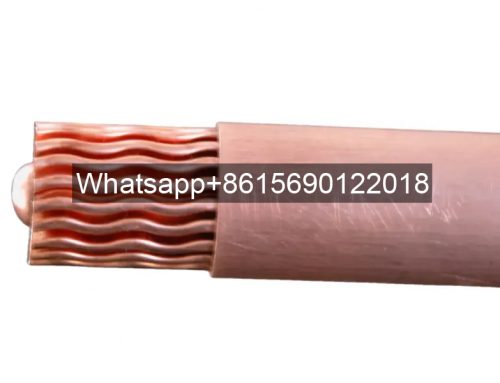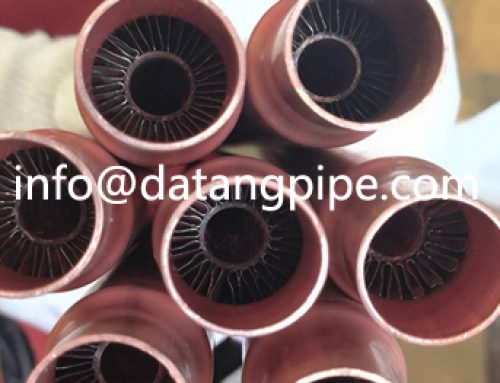Project Description

Product Name: Internally Finned Tubes for Oil Coolers
- Leave Your Message
An internally finned tube is a type of finned tube with fins added inside the tube. It improves heat transfer efficiency by increasing the contact area between the fluid and the tube wall, and guides the fluid to form turbulence inside the tube, thereby enhancing the heat and mass transfer process. The following is a detailed introduction to internally finned tubes:
I. Definition and Characteristics of Internally Finned Tubes
Definition: An internally finned tube is a heat exchange element with fins manufactured inside a tube using specific processes.
Characteristics:
Increased Heat Transfer Area: By adding fins inside the tube, the contact area between the fluid and the tube wall is significantly increased.
Enhanced Heat Transfer: The presence of fins creates turbulence in the fluid inside the tube, enhancing the heat and mass transfer process.
High Efficiency: Suitable for applications with limited space and requiring high-efficiency heat transfer, such as microchannel heat exchangers.
II. Application Areas of Internally Finned Tubes
Due to their high heat transfer efficiency, internally finned tubes are widely used in various applications requiring enhanced heat transfer, including but not limited to:
Air-cooled engines: Improving engine cooling efficiency
Electronic equipment cooling: Ensuring the stability of electronic equipment under high load operation.
Compact heat exchangers: Such as automotive radiators and air conditioning systems.
Microchannel heat exchangers: Achieving efficient heat exchange at a microscale.
III. Manufacturing Process of Internally Finned Tubes
The manufacturing of internally finned tubes typically involves the following steps:
Material preparation: Selecting high-quality raw materials, such as copper, aluminum, and steel, considering their thermal conductivity, mechanical strength, and corrosion resistance.
Fin forming: Processing fins inside the tube using methods such as mechanical forming, stamping, and roll forming.
Welding and assembly: Welding the formed fins to the base tube to ensure a strong connection between the fins and the base tube.
Heat treatment: Eliminating internal stress generated during manufacturing and improving the mechanical properties and corrosion resistance of the finned tube. Surface Treatment: Methods such as spraying, electroplating, and oxidation are used to improve the heat transfer performance and corrosion resistance of finned tubes.
Inspection and Testing: Rigorous visual inspection, dimensional measurement, and heat transfer performance testing are conducted to ensure the quality and performance of the finned tubes meet requirements.
IV. Price and Market
The price of internally finned tubes is influenced by various factors, including material costs, manufacturing processes, and market supply and demand. Prices vary significantly between different manufacturers and specifications.
In the market, the demand for internally finned tubes, as a highly efficient heat exchange element, continues to grow, especially in industries such as automotive, air conditioning, and electronic equipment.
V. Conclusion
Internally finned tubes, with their unique structure and excellent heat transfer performance, play a vital role in the field of heat exchange.
With continuous technological advancements and market expansion, the application prospects of internally finned tubes will become even broader. For applications requiring high-efficiency heat transfer, internally finned tubes are undoubtedly a worthwhile option to consider.






